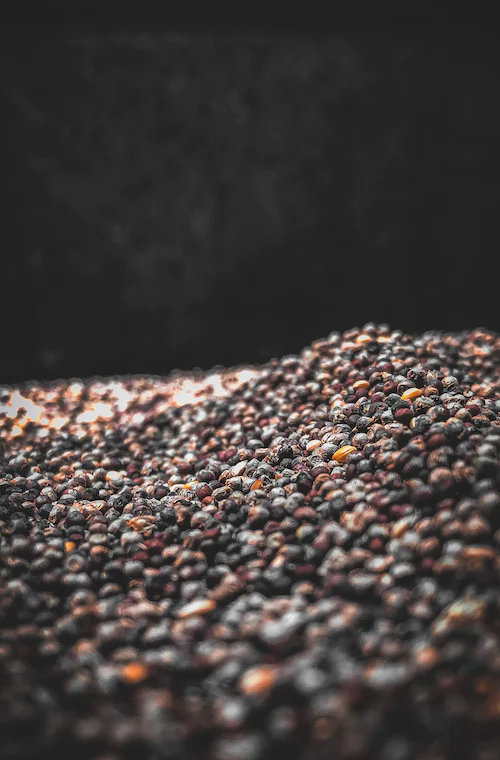AIPH launches 71st version of International Statistics- Flowers and Plants 2023
The Statistics Yearbook provides production data from countries in Europe, Asia, North America, and South America, with detailed breakdowns, product comparisons, market data and prices and global import and export data
The International Association of Horticultural Producers (AIPH), in association with Union Fleurs, the International Flower Trade Association, announces the 71st version of International Statistics – Flowers and Plants 2023.
The International Statistics Flowers and Plants Yearbook has the most comprehensive production and trade data collection for the ornamental plants and flower industry. It is now available to purchase and instantly download from www.aiph.org.
This annual publication on the ornamental horticultural industry is invaluable to trade organisations, policymakers, marketers, producers, traders, libraries, and universities. In its 71st year, the contents result from extensive research and data compiled by the Centre for Business Management in Horticulture and Applied Research at the University of Hohenheim, Germany.
The Statistics Yearbook provides production data from countries in Europe, Asia, North America, and South America, with detailed breakdowns, product comparisons, market data and prices and global import and export data. This edition also features additional survey responses, carried out in Spring 2023, from member organisations of AIPH and Union Fleurs about the Economic development of ornamental horticulture in 2022.
For the first time, this edition also includes statistics about licensing from the Community Plant Variety Office (CPVO) in Angers, France.
The 2023 Yearbook is published as a digital document with 238 pages featuring illustrations, tables, diagrams, and maps of crucial production data.
The Statistics Yearbook provides production data from




